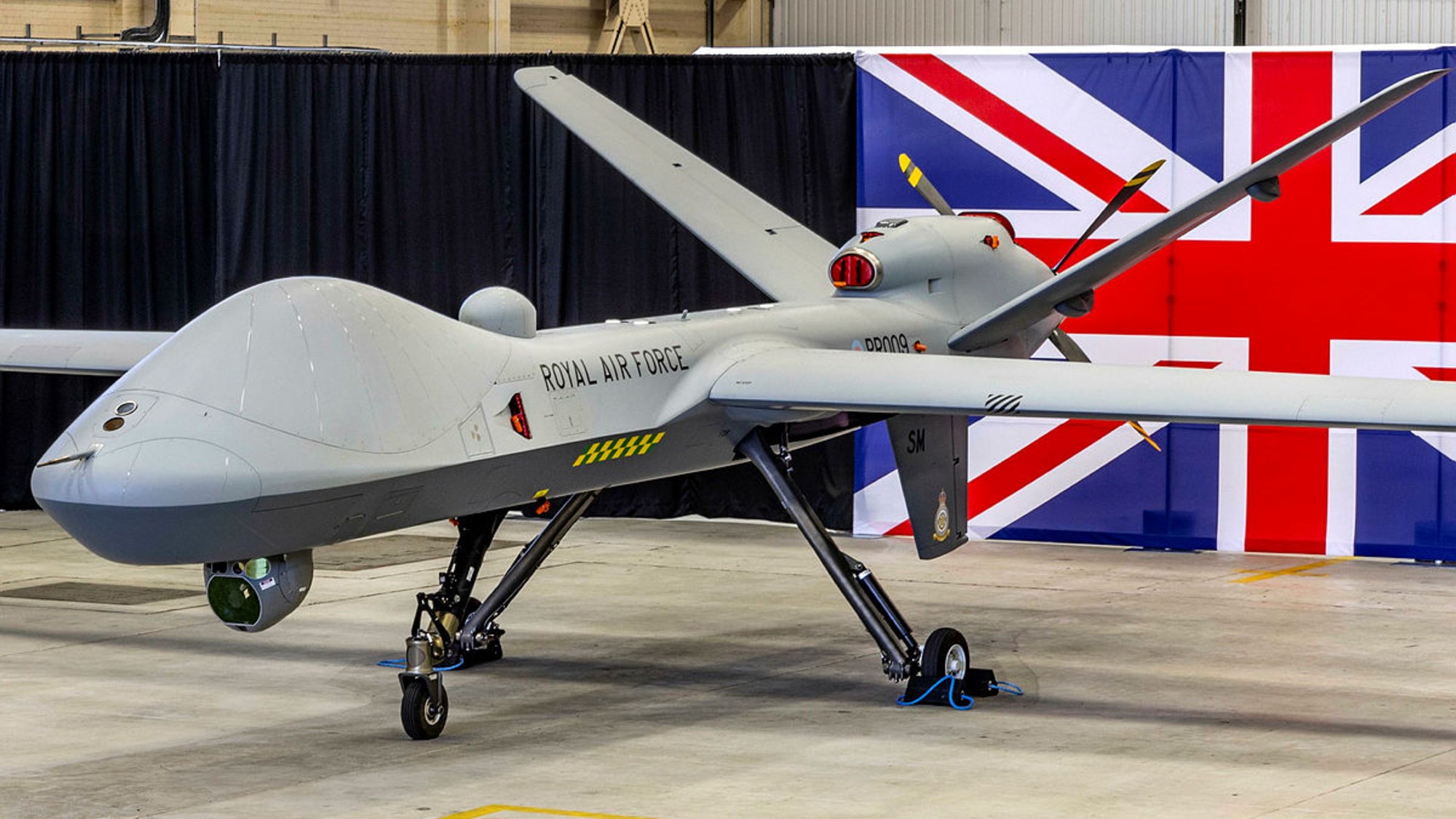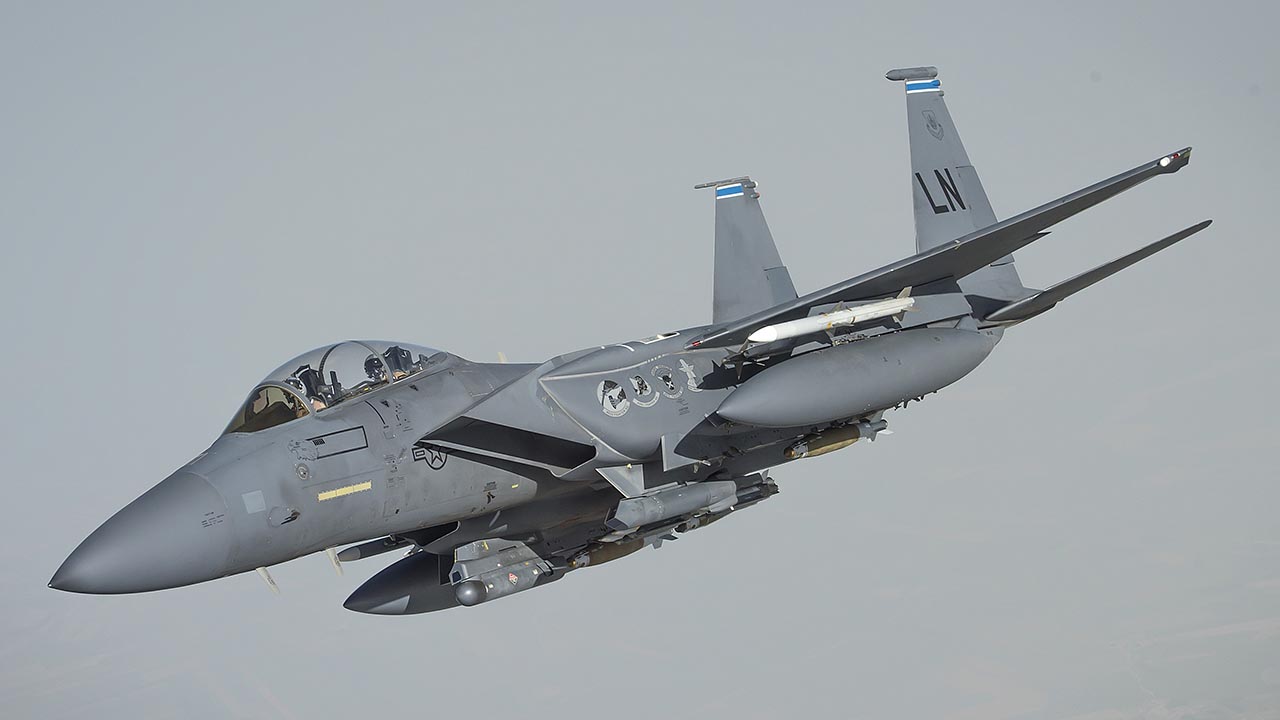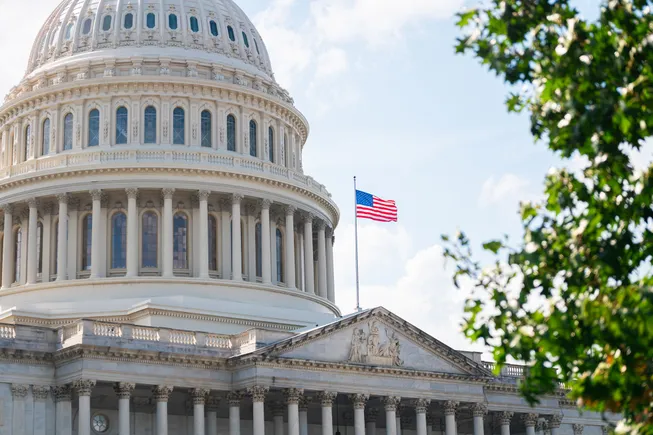DISA will see 10 percent cut to workforce, agency chief tells lawmakers
“It’s giving us an opportunity to ruthlessly realign and optimize how we are addressing what is an evolving mission,” head of DISA Lt. Gen. Paul Stanton said about the cuts.


Army Lt. Gen. Paul T. Stanton, Defense Information Systems Agency director and Joint Force Headquarters-Department of Defense Information Network commander, speaks to the Senate Armed Services Committee’s cybersecurity subcommittee during a hearing in Washington, May 21, 2025. (Screenshot of a video courtesy of Defense.gov)
WASHINGTON — The Defense Information Systems Agency expects to lose 10 percent of its workforce as a result of larger Pentagon cuts spearheaded by Elon Musk’s Department of Government Efficiency, the head of the agency told the Senate Armed Services Cybersecurity subcommittee today.
Lt. Gen. Paul Stanton, who heads DISA and the Joint Force Headquarters for the DoD’s Information Network, said the cuts will come from the deferred retirement programs, terminations of probationary employees and other planned reductions in the workforce.
“I’d like to acknowledge that I personally have the utmost respect for anyone that has raised his or her right hand and sworn an oath to support and defend the Constitution of the United States, as do all of our civilian and uniformed service members that operate within the Joint Force Headquarters and within DISA,” he said before revealing that DISA will “suffer about a 10 percent loss.”
He said that before accounting for the projected cuts, DISA had “roughly” 20,000 employees, with “more than half” being contractors, about 6,800 civilians and 1,200 active duty military.
Though his agency is losing members, Stanton said DISA is using this as an opportunity to focus on some of its biggest priorities like the Multi Partner Environment, the department’s framework for enabling command and control operations and information sharing between allies and partners, as well as DoDNet, the department’s own network designed to provide secure connection and IT services for agencies within the department.
“It’s giving us an opportunity to ruthlessly realign and optimize how we are addressing what is an evolving mission,” he said.
While DISA is using the workforce cuts as an opportunity to refocus on some of its priorities, Stanton said he plans to ask the DoD for “surgical rehiring,” which refers to a “targeted, precision-based approach to hiring that fills strategic gaps necessary to maintain DISA’s mission readiness,” a DISA spokesperson told Breaking Defense.
“We need to hire the right people back into the right positions to then lead us forward,” he said.
“We need folks that understand routing and large scale routing, so folks that know how to configure a router securely,” Stanton added. “We need folks that are also very willing to dive into the newest cybersecurity tools, and actually implement them […] folks that understand host analysis and network analysis from a cybersecurity perspective are at the top of our list as well.”
























































































![The F-35’s future: The power and cooling competition that could change everything [Video]](https://breakingdefense.com/wp-content/uploads/sites/3/2024/09/240924_F35_moon_USAF-scaled-e1727200160419.jpg?#)
































































